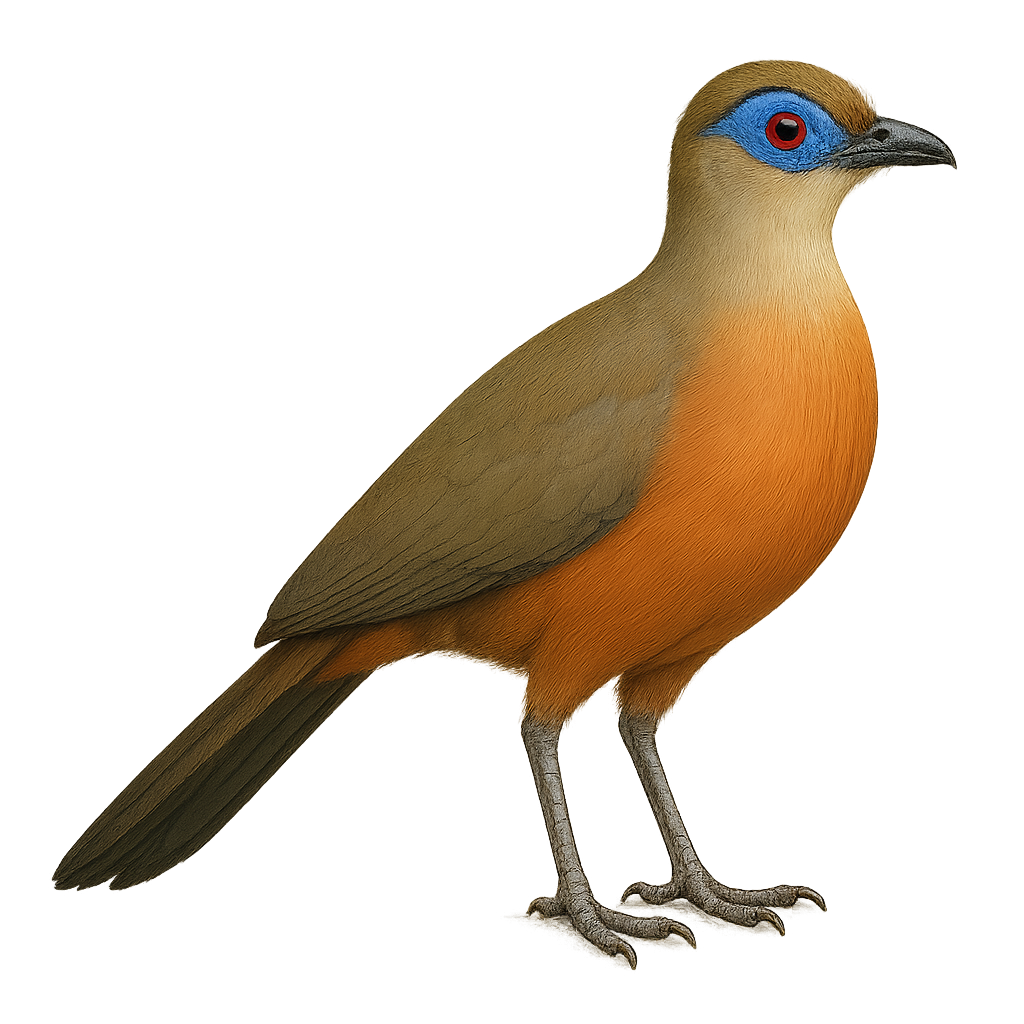Your wildlife photography guide.
Explore the giant coua in detail, study its behavior, prepare your shots.
Where to observe and photograph the giant coua in the wild
Learn where and when to spot the giant coua in the wild, how to identify the species based on distinctive features, and what natural environments it inhabits. The WildlifePhotographer app offers tailored photography tips that reflect the giant coua’s behavior, helping you capture better wildlife images. Explore the full species profile for key information including description, habitat, active periods, and approach techniques.
Giant Coua
Scientific name: Coua gigas

IUCN Status: Least Concern
Family: CUCULIDAE
Group: Birds
Sensitivity to human approach: Suspicious
Minimum approach distance: 10 m
Courtship display: October to November
Incubation: 19-21 jours
Hatchings: October to December
Habitat:
dry forests, savannas, scrublands
Activity period :
Primarily active during the day, with peak activity in the morning and late afternoon.
Identification and description:
The Giant Coua, or Coua gigas, is a bird endemic to Madagascar, belonging to the Cuculidae family. It is recognizable by its blue-gray plumage and long tail. This terrestrial bird prefers dry forests and savannas, where it feeds mainly on insects, fruits, and small reptiles. The Giant Coua is diurnal, active mainly in the morning and late afternoon. Although capable of flight, it prefers to move by running. It is known for its melodious song and varied calls. The Giant Coua plays an important role in the ecosystem as an insect predator and seed disperser.
Recommended lens:
400 mm – adjust based on distance, desired framing (portrait or habitat), and approach conditions.
Photography tips:
To photograph the Giant Coua, it is advisable to use a telephoto lens of at least 400mm to capture detailed images without disturbing the bird. Look for it early in the morning or late in the afternoon when it is most active. Be patient and discreet, as this bird can be suspicious. Take advantage of natural light to highlight the shades of its blue-gray plumage.
The WildlifePhotographer App is coming soon!
Be the first to explore the best nature spots, track rutting seasons, log your observations, and observe more wildlife.
Already 1 430 wildlife lovers subscribed worldwide

